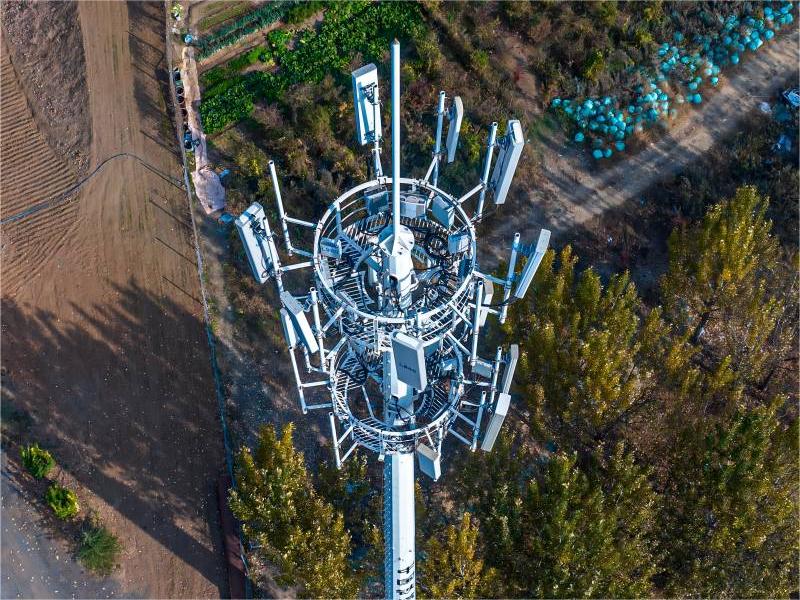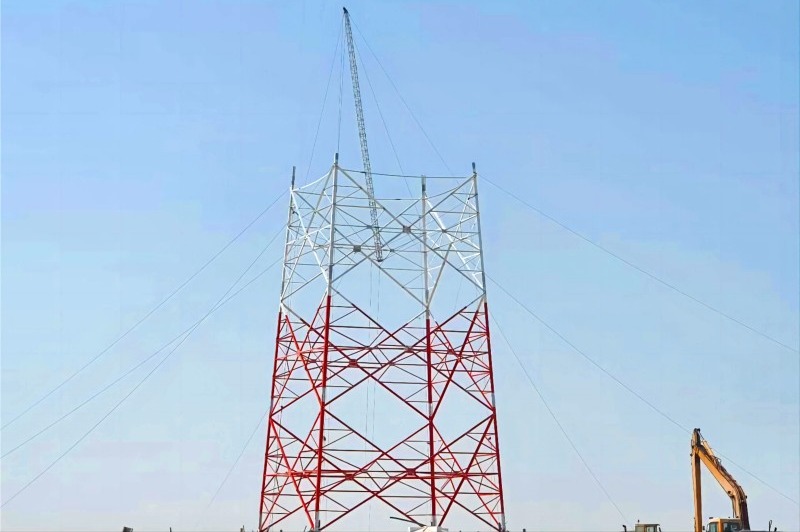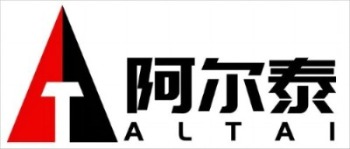L’essor des tours monopoles : peuvent-elles remplacer les tours traditionnelles en acier d’angle ?

Le passage aux monopoles est motivé par trois facteurs clés :
Exigences esthétiques :
Préparation à la 5G :La 5G nécessitant des réseaux denses de petites cellules, les monopôles offrent une intégration plus facile de plusieurs antennes et un déploiement plus rapide.
Charges à haute capacité :Ils prennent en charge des antennes plus lourdes, des antennes paraboliques et des mises à niveau futures, essentielles pour les régions rurales ou montagneuses.
Rapport coût-efficacité :
Conditions extrêmes :Leur conception en treillis ouvert résiste mieux aux vents violents et à l’activité sismique que les monopôles solides.
Les experts du secteur sont divisés :

En savoir plus sur www.alttower.com
